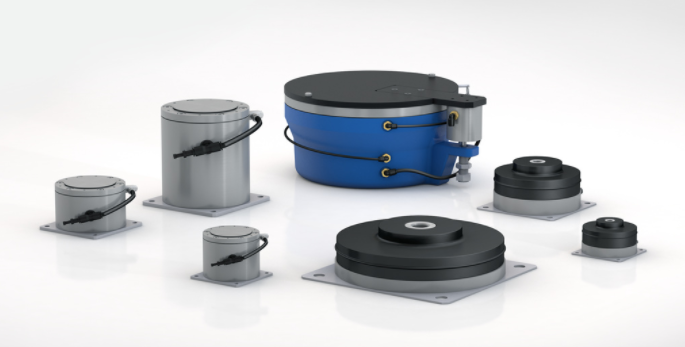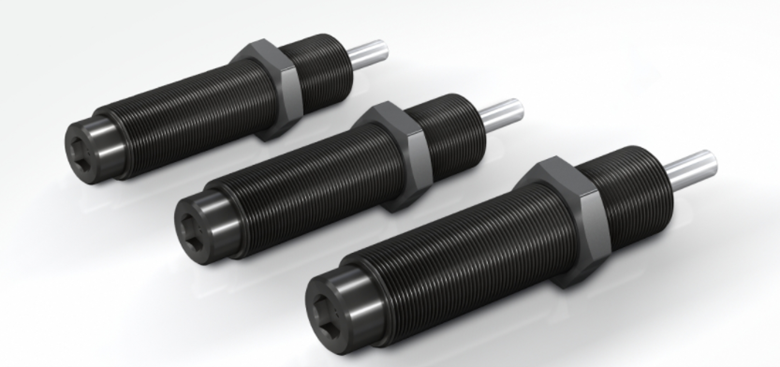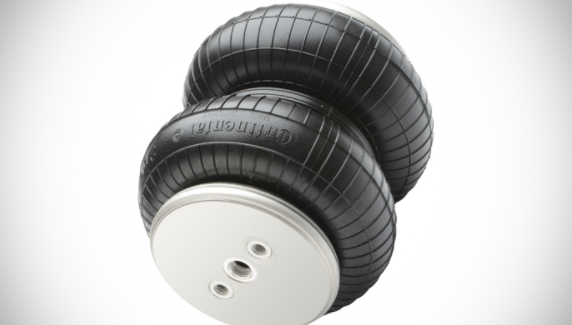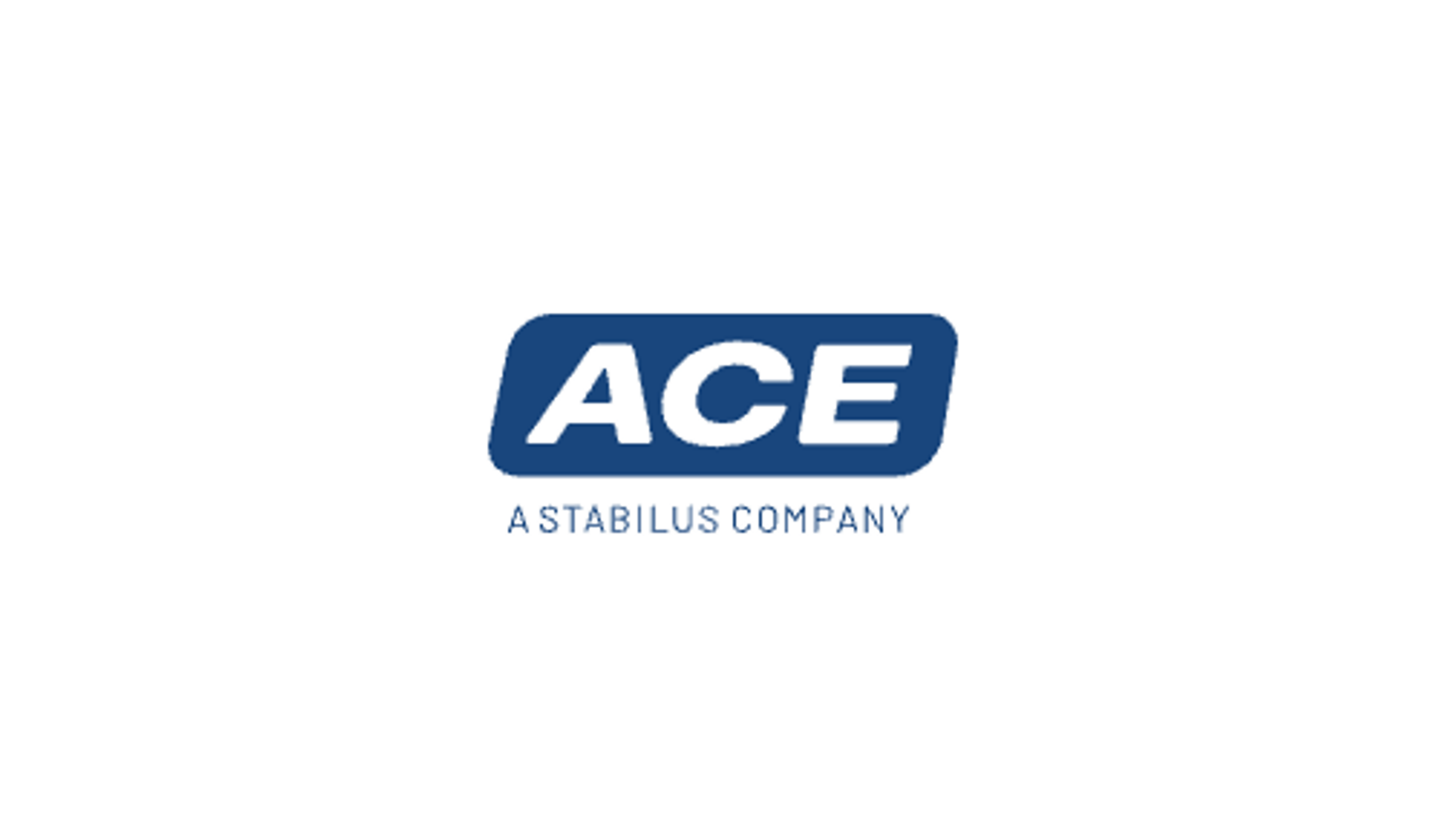Product menu
- Aluminium profile systems
- Assembly & Robotics
- Axial Shaft Couplings & Torque limiters
- Ball Bearing Screws
- Cable carriers
- Gas springs & shock absorbers, air springs
- Gearheads
- Guideway protection
-
Industrial IT
- Cellular Gateways/Routers
- Controllers & I/Os
- Ethernet Media Converters
- Ethernet switches
- Industrial computers
- Industrial Cybersecurity
- Industrial displays & panel computers
- Protocol Gateways
- Secure Routers & Remote Access
- Serial Converters
- Serial Device Servers
- Software
- USB-to-Serial Converters/USB Hubs
- Wireless AP/Bridge/Client
- Lifting columns & ergonomy solutions
- Linear actuators
- Linear guideways
- Linear Motion Systems
-
Machine safety
- Emergency push buttons
- Human Machine Interfaces/Signal lights
- Interlocking Safety Switches with locking
- Ribbon Switches & Safety Bumbers & Mats & Edges
- Rope Safety Switches
- Safety Fences
- Safety interlocking switches/Safety RFID sensors
- Safety Laser Scanners
- Safety Light Curtains
- Safety relays/Programmable safety relays
- Signal lights
- Two-Hands Control Devices
- Machine vision & Code reading
- Motors & Drives
- Power supply solutions
- Rack & Pinion Gears
- Sensors & Measuring devices
- Timing belt applications
- Vacuum technology & grippers







